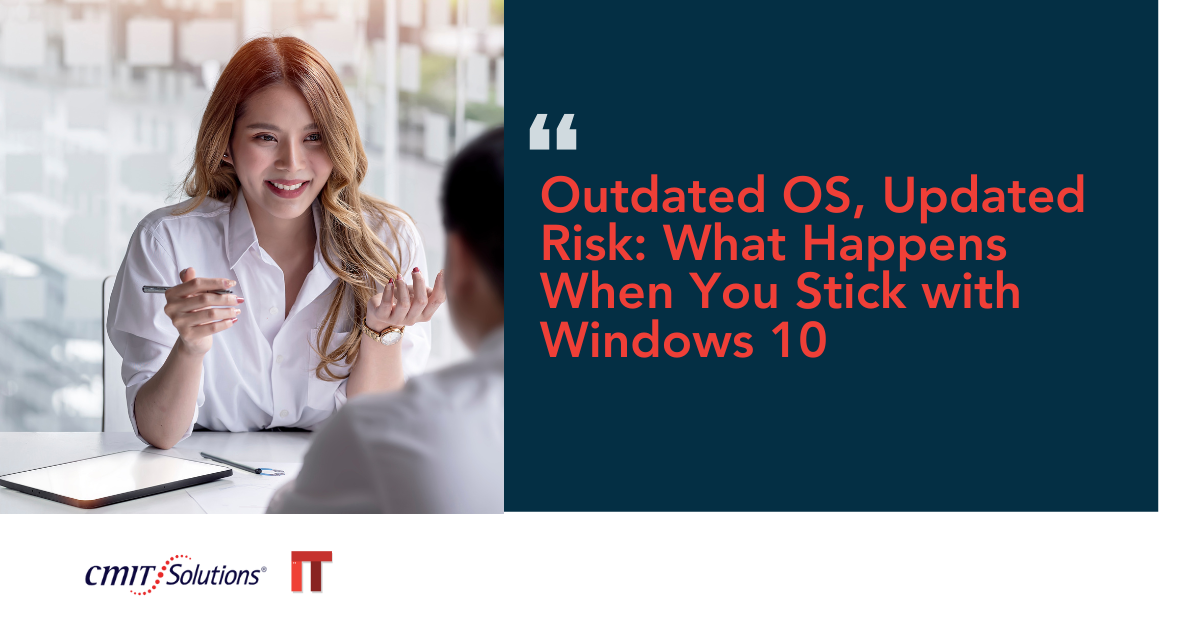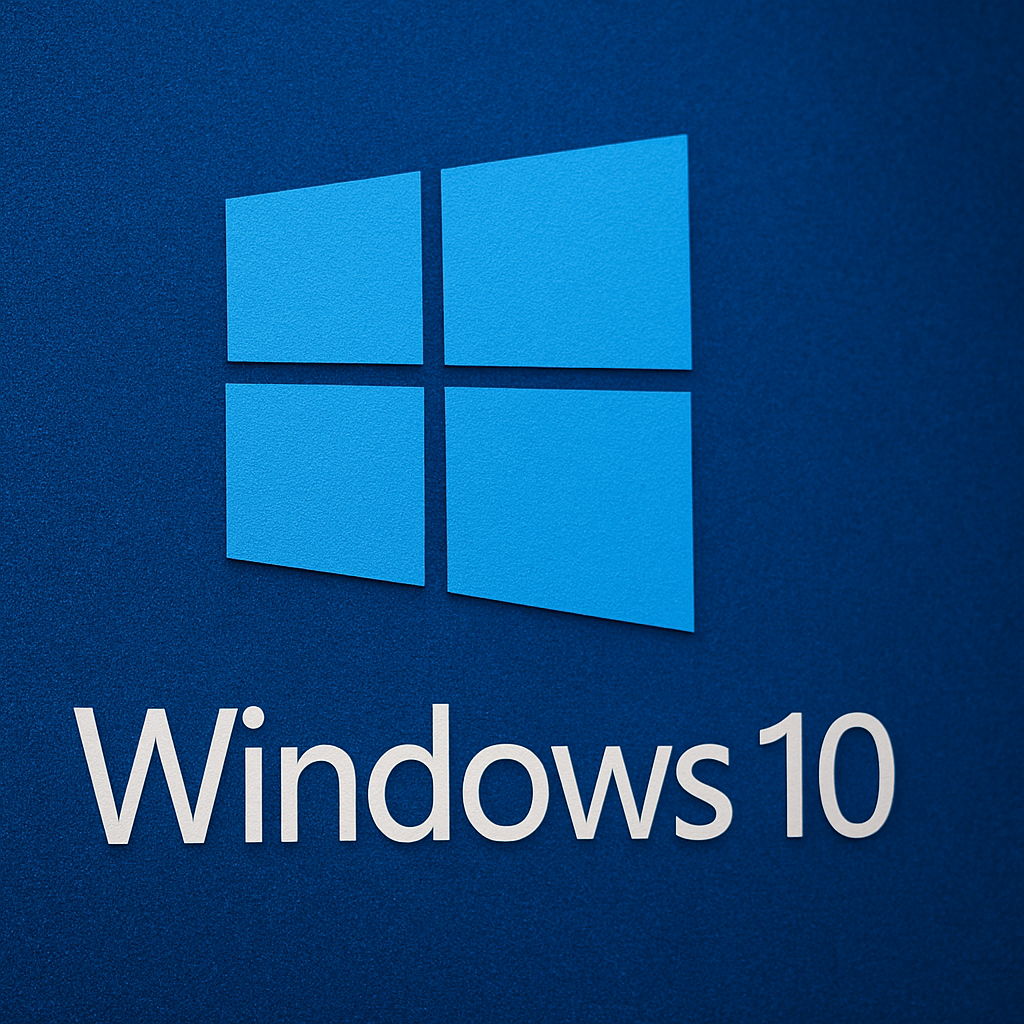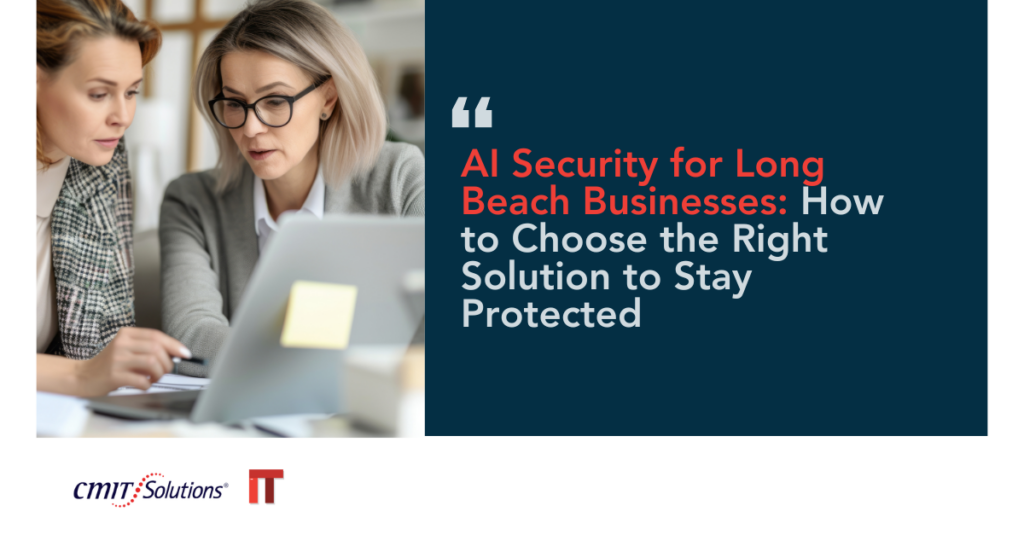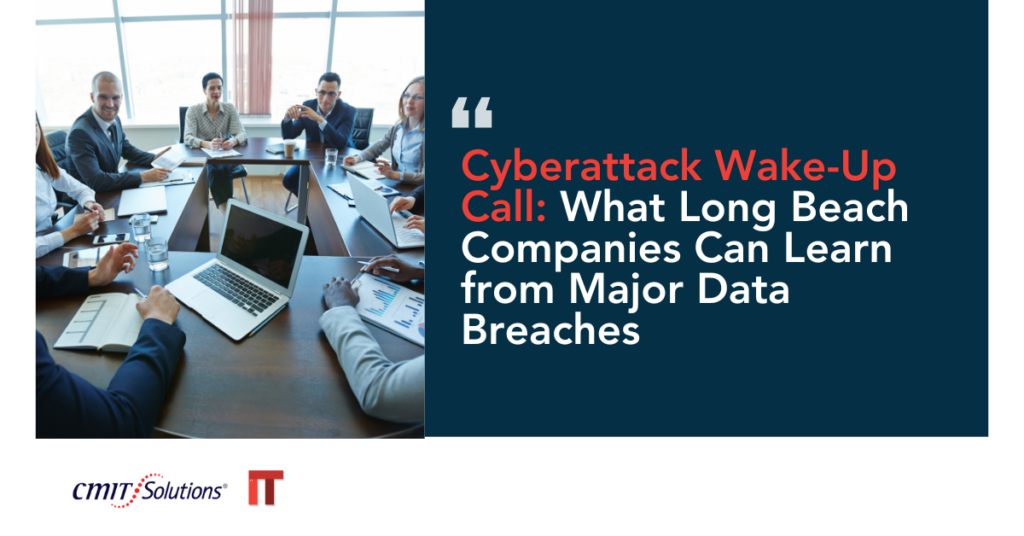Introduction:
The End of Windows 10 Support and the Rise of Cyber Risk
The clock is ticking on Windows 10. Microsoft has officially announced the end-of-support date for this beloved operating system: October 14, 2025. That means in less than two years, Windows 10 will no longer receive essential updates, security patches, or technical support. For businesses still relying on it, especially small and mid-sized organizations in Long Beach, the risks are growing exponentially.
Choosing to remain on Windows 10 past its expiration isn’t a harmless decision. It opens the door to significant cybersecurity vulnerabilities, compliance issues, and system inefficiencies. In this blog, we explore why upgrading is no longer optional, and how partnering with a local managed services provider can help you navigate the transition safely and strategically.
What Is Windows 10 End-of-Life and Why It Matters
Windows 10 end-of-life refers to Microsoft officially discontinuing updates, security patches, and technical support for the operating system as of October 14, 2025. While the OS will continue to function, it will no longer receive protection against newly discovered vulnerabilities or compatibility improvements with new software and hardware.
This seemingly technical milestone holds enormous implications for small and mid-sized businesses, especially in rapidly evolving environments like Long Beach. Without updates, every computer running Windows 10 becomes a security risk, a compliance red flag, and a potential bottleneck in productivity. Many companies misunderstand the gravity of end-of-life status, assuming it simply means the OS won’t receive feature upgrades. In reality, the absence of security patches turns each device into a high-risk asset that could be exploited at any time.
To navigate this change, business owners must understand that this is not just about upgrading for the sake of novelty. It’s about safeguarding data, remaining compliant with industry regulations, and empowering teams with reliable, secure systems. Organizations that approach the transition strategically—with expert IT guidance—can use this opportunity to modernize and future-proof their operations.
Outdated Operating Systems Invite Unwanted Threats
Hackers view unsupported operating systems like Windows 10 as prime real estate for exploitation. Once Microsoft stops issuing security patches, any new vulnerability discovered becomes a permanent backdoor into your business. Malware authors actively search for these cracks to launch ransomware, data theft, and espionage attacks. The alarming frequency of such incidents in recent times—especially in tech-reliant cities like Long Beach—underlines the urgency to upgrade. A recent cyberattack wake-up call revealed how legacy systems formed the root cause of a significant breach, reminding local businesses that waiting invites risk.
It’s also important to note that third-party vendors often discontinue support for their applications once the core OS becomes obsolete. This snowballs into compatibility issues, forcing your team to juggle outdated tools just to stay productive. As this software ecosystem becomes more fragmented and less secure, your business becomes increasingly susceptible to downtime and disruption.
AI Threats Are Too Smart for Legacy Defenses
Cybercriminals are no longer relying on brute force attacks. Instead, they’re harnessing artificial intelligence to craft adaptive, real-time threats that evolve based on system defenses. Phishing scams, malware injections, and brute-force password attacks are now powered by machine learning, making them faster and far more effective.
Unfortunately, legacy systems like Windows 10 are not equipped to counter this wave of intelligent cyberthreats. These older systems lack the advanced monitoring and threat detection features needed to interpret and respond to AI-driven intrusions. Even integrating external cybersecurity solutions isn’t enough if the operating system itself is vulnerable.
The best defense against this level of sophistication is a combination of up-to-date infrastructure and robust AI security tools. These tools require modern OS frameworks that allow real-time scanning, automated incident response, and predictive analytics. Sticking with Windows 10 effectively cuts you off from these protections.
Non-Compliance Can Lead to Serious Business Consequences
Businesses that operate in regulated industries—such as healthcare, finance, and retail—are legally obligated to meet strict data protection standards. Frameworks like HIPAA, PCI-DSS, and CMMC don’t just recommend best practices; they mandate them. And one of the primary requirements is the use of secure, updated technology platforms.
By continuing to run Windows 10 after its end-of-life, your business risks falling out of compliance. That opens the door to audits, fines, and reputational damage. For healthcare providers in Long Beach, maintaining HIPAA compliance is especially critical, as a breach could expose sensitive patient data and result in multi-million-dollar penalties.
Even for businesses not under federal mandates, failing to meet cybersecurity benchmarks can affect insurance premiums and customer trust. With compliance becoming a competitive differentiator, working with a provider who understands IT compliance for small businesses ensures you stay on the right side of the law—and your clients.
Downtime Isn’t Just Inconvenient—It’s Expensive
Every minute of IT downtime costs money. Whether it’s an internal disruption due to system crashes or a full-blown security breach that takes hours or days to recover from, the costs of reactive IT support can quickly spiral out of control. And when your operating system is out-of-date, the frequency of these incidents increases significantly.
Patching together legacy systems becomes increasingly complex and unreliable. Productivity slows, software compatibility diminishes, and employees spend more time troubleshooting than working. Eventually, your entire business becomes bottlenecked by slow, crashing computers and unsupported applications.
Recent insights into the hidden costs of downtime show how deeply these disruptions impact everything from team morale to customer satisfaction. That’s why Long Beach businesses are shifting from break-fix models to proactive IT support. It’s not just about fixing problems faster—it’s about preventing them in the first place.
Security Solutions Depend on Modern Operating Systems
The cybersecurity landscape has grown more complex. Modern businesses need more than just antivirus software to defend against today’s threats—they need layered security architectures supported by modern tools. Solutions like Endpoint Detection and Response (EDR), Managed Detection and Response (MDR), and Security Information and Event Management (SIEM) rely on real-time data, machine learning, and behavioral analytics.
These tools, however, are built for environments with updated OS foundations. Windows 10, once it reaches its end-of-life, will no longer support the kinds of system hooks and processes these platforms need to function effectively. As a result, your business won’t just be using less-effective tools—it will be unable to fully utilize the ones you invest in.
Understanding the differences between EDR, MDR, and SIEM is only part of the equation. Integrating them into a Zero Trust architecture—where every user, device, and connection is continuously verified—requires a modern OS to serve as its backbone.
Cloud Services Require a Strong Security Backbone
The cloud continues to revolutionize how small and mid-sized businesses in Long Beach operate. Whether it’s scalable storage, remote collaboration tools, or application hosting, cloud computing is here to stay. But its effectiveness hinges on one crucial factor: secure integration with your local environment.
When Windows 10 reaches its end-of-life, it will become increasingly difficult—and risky—to connect it with cloud platforms. Data transfer may be unencrypted, applications may refuse to run, and integrations may break entirely. Your investment in cloud innovation could be undermined by an outdated system at the core of your operations.
Secure cloud backup and efficient managed cloud services require secure endpoints. That starts with an OS that’s supported, updated, and built for modern networking demands.
Planning an Upgrade with the Right Partner
Migrating away from Windows 10 isn’t just a technical task—it’s a business evolution. The process involves assessing existing assets, setting upgrade timelines, ensuring data continuity, and training staff on new workflows. These are strategic decisions that require thoughtful planning and experienced guidance.
Working with a trusted IT partner ensures that your upgrade doesn’t disrupt operations or waste resources. Long Beach businesses benefit most when they develop complete IT roadmaps tailored to their needs. Whether you’re a startup scaling quickly or a well-established company with complex systems, a customized IT package ensures you only pay for what you need—and that your business stays resilient for the future.
Conclusion: Leave the Past, Secure the Future
Staying with Windows 10 past its end-of-life means betting your business on outdated tech. The smarter move? Plan for what’s next. With strategic upgrades, expert IT support, and compliance-driven solutions, you can protect your data, empower your team, and maintain your edge in Long Beach’s fast-moving market.
Start your journey toward modern, secure, and scalable IT infrastructure today by contacting CMIT Solutions of Long Beach to begin your upgrade.






